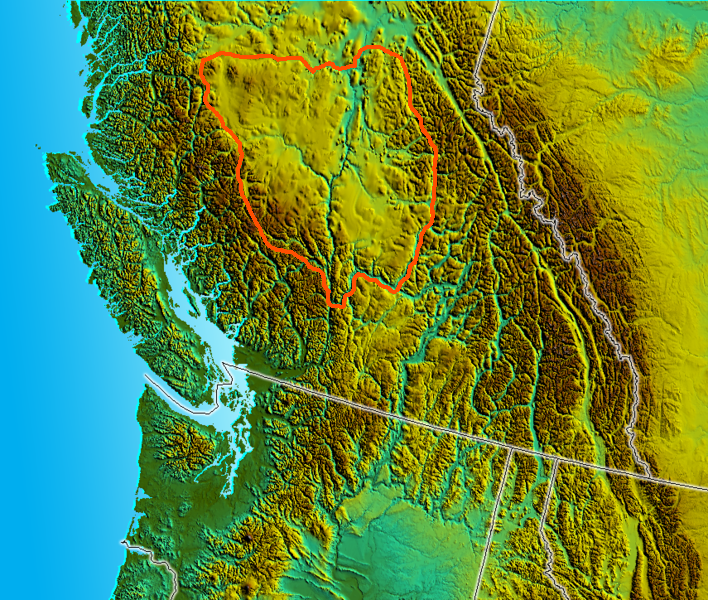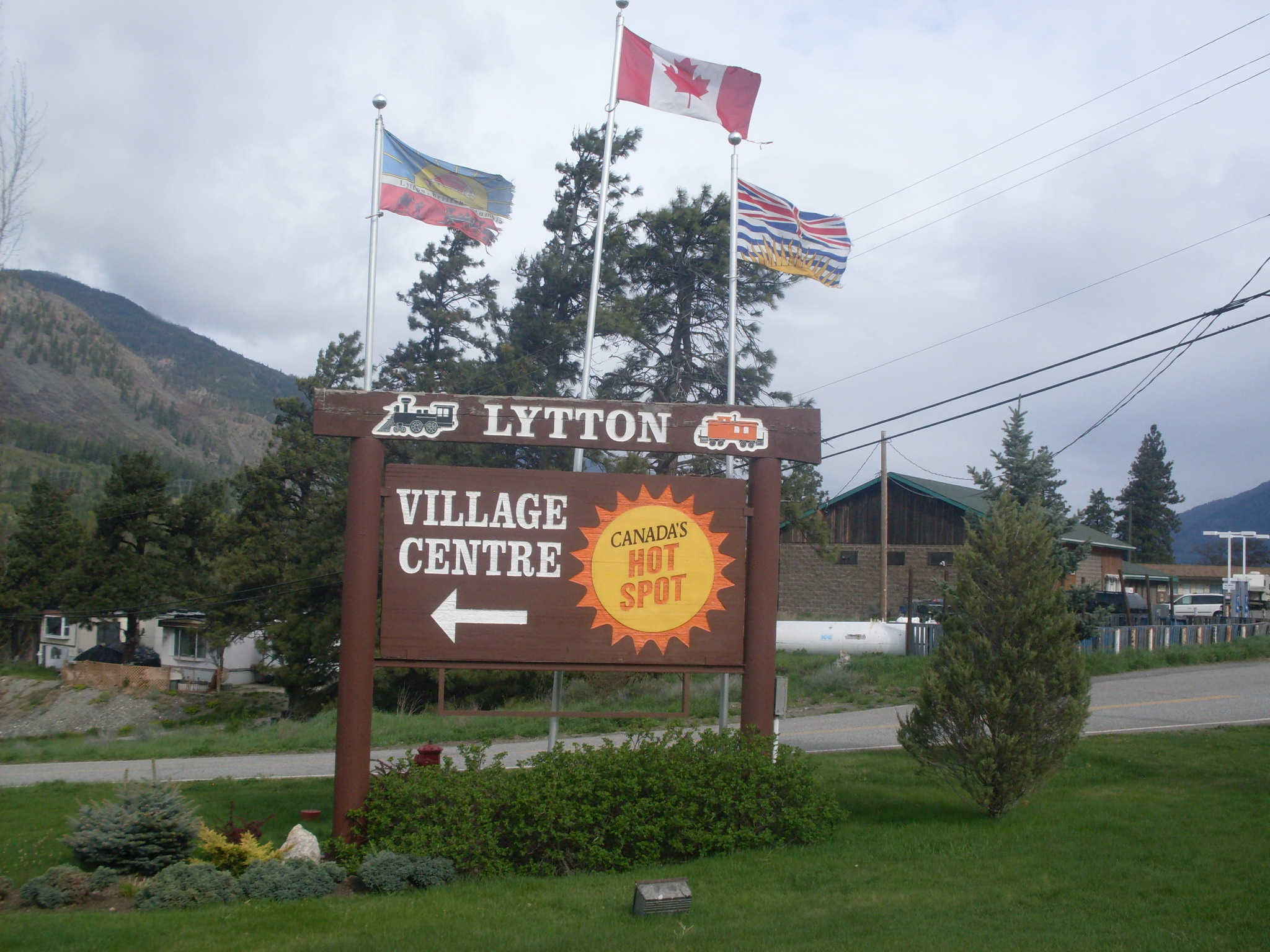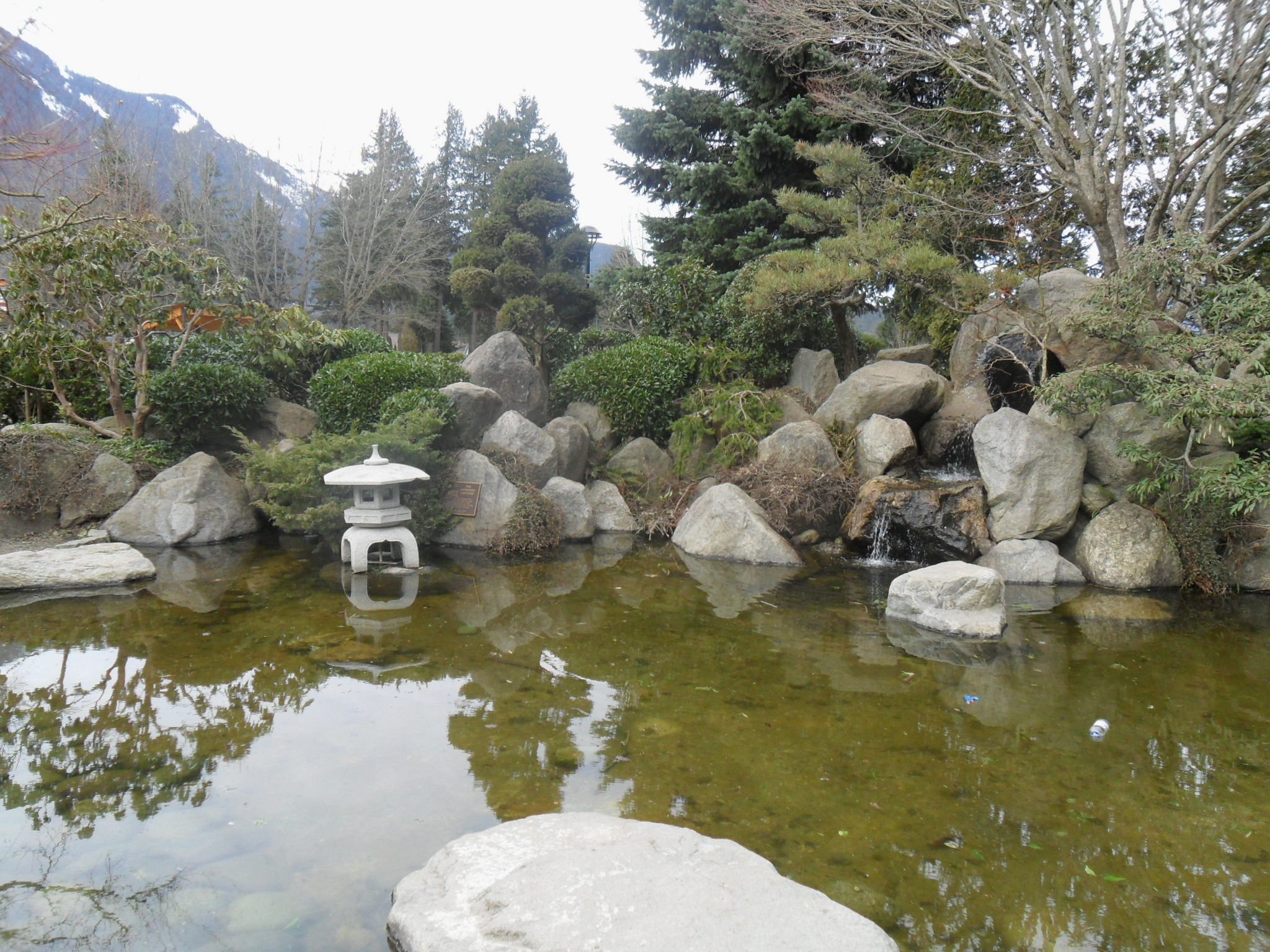|
David Oppenheimer
David Oppenheimer (January 1, 1834 – December 31, 1897) was a successful entrepreneur, the second mayor of Vancouver, British Columbia, and a National Historic Person of Canada. Early life David Oppenheimer was born in Blieskastel, then in the Kingdom of Bavaria, as one of ten children. His father, Salomon, was a merchant and vintner. David's mother, Johanna (Johanette) Kahn, died when he was four years old. His family was Jewish. He was educated at the Collegiate School of Frankfurt am Main. In 1848, after political upheaval and bad harvests, David Oppenheimer immigrated to New Orleans with his sister Caroline Oppenheimer Stern and four brothers: Charles (Carl), Meyer, Isaac and Godfrey (Gottfried). He studied bookkeeping and worked in a general store. Upon hearing of the California Gold Rush, the Oppenheimers became traders in Placer County, California in 1851 and later Sacramento, California. David then worked in real estate and the restaurant business in Columbia, Californ ... [...More Info...] [...Related Items...] OR: [Wikipedia] [Google] [Baidu] |
Malcolm Alexander MacLean
Malcolm Alexander MacLean (August 14, 1844 – April 4, 1895) was the first mayor of Vancouver, British Columbia, serving from 1886 to 1887. Early life MacLean was born in 1844 to Allan and Jane McPhadden married 8 Mar 1820 ROS Data OPR 551/1 -2 in Cornaigbeg Tiree, Scotland. Around 1848, the family relocated to Victoria County in Ops Township, Upper Canada, where MacLean was educated and later became a teacher. As he taught over three years, MacLean saved money with the goal of becoming a doctor; instead, after his brother's lumber company failed, his money ended up paying off business debts. MacLean then attended Eastman's National Business College in Poughkeepsie, New York, and after graduating worked in New York City for Cunard Steamship Company. In the 1860s, MacLean returned to Canada, opening a general store in Oshawa, Ontario. He married Margaret Anne Cattanach on 5 January 1869, and the couple soon moved to Dundas, where MacLean ran another general store. His ma ... [...More Info...] [...Related Items...] OR: [Wikipedia] [Google] [Baidu] |
Columbia, California
Columbia is a census-designated place (CDP) located in the Sierra Nevada foothills in Tuolumne County, California, United States. It was founded as a boomtown in 1850 when gold was found during the California Gold Rush, and was known as the "Gem of the Southern Mines." The town's historic central district is within the Columbia State Historic Park, which preserves the 19th century mining town legacy. The U.S. historic district is a National Historic Landmark District and is on the National Register of Historic Places. Geography Columbia is located along State Route 49 just north of Sonora, at an altitude of . According to the United States Census Bureau, the CDP has a total area of . Only 0.31% of the total area is covered by water. Climate This region experiences hot and dry summers, with no average monthly temperatures above 90.1 °F (32.3 °C). According to the Köppen Climate Classification system, Columbia has a warm-summer Mediterranean climate, abbrevia ... [...More Info...] [...Related Items...] OR: [Wikipedia] [Google] [Baidu] |
Fisherville, British Columbia
Fisherville is a ghost town on the northwest shore of the Wild Horse River in the East Kootenay region of southeastern British Columbia. The locality, off the Fort Steele-Wildhorse Road, is by road about northeast of Fort Steele. Name origin In late 1863, a group led by Joe Findlay collected either large gold flakes or abundant nuggets when panning at the mouth of Wild Horse Creek. Various versions exist regarding the members of two parties arriving the following spring, but Bob Dore and Jack Fisher are two of the key players staking claims. The tent community was called Fisherville and the towering peak later became Mount Fisher. Mining boom A nearby contributory creek, which was the water source for a brewery operation, became Brewery Creek. The product was consumed in the numerous saloons that sprang up. The Dore, Cuddy and Fisher, near the mouth of Brewery Creek, would prove to be the richest claims. By May 1864, 150 prospectors were working the main waterway. The two genera ... [...More Info...] [...Related Items...] OR: [Wikipedia] [Google] [Baidu] |
Cariboo
The Cariboo is an intermontane region of British Columbia, Canada, centered on a plateau stretching from Fraser Canyon to the Cariboo Mountains. The name is a reference to the caribou that were once abundant in the region. The Cariboo was the first region of the interior north of the lower Fraser River and its canyon to be settled by non-indigenous people, and played an important part in the early history of the colony and province. The boundaries of the Cariboo proper in its historical sense are debatable, but its original meaning was the region north of the forks of the Quesnel River and the low mountainous basins between the mouth of that river on the Fraser at the city of Quesnel and the northward end of the Cariboo Mountains, an area that is mostly in the Quesnel Highland and focused on several now-famous gold-bearing creeks near the head of the Willow River. The richest of them all, Williams Creek, is the location of Barkerville, which was the capital of the Cariboo Gol ... [...More Info...] [...Related Items...] OR: [Wikipedia] [Google] [Baidu] |
Barkerville, British Columbia
Barkerville was the main town of the Cariboo Gold Rush in British Columbia, Canada, and is preserved as a historic town. It is located on the north slope of the Cariboo Plateau near the Cariboo Mountains east of Quesnel. BC Highway 26, which follows the route of the Cariboo Wagon Road, the original access to Barkerville, goes through it. History Founding Barkerville is located on the western edge of the Cariboo Mountains in British Columbia. It was named after Billy Barker from Cambridgeshire, England, who was among those who first struck gold at the location in 1861. His claim was the richest and the most famous. Barkerville was built up almost overnight, and was a case of "growth via word of mouth". It grew as fast as the word of Barker's strike spread. His claim would eventually yield 37,500 ounces (1,065 kg/2,350 lb) of gold. Before the construction of the Cariboo Wagon Road, people hauled their own supplies to Barkerville, either on their backs or in a ... [...More Info...] [...Related Items...] OR: [Wikipedia] [Google] [Baidu] |
Fraser Canyon
The Fraser Canyon is a major landform of the Fraser River where it descends rapidly through narrow rock gorges in the Coast Mountains en route from the Interior Plateau of British Columbia to the Fraser Valley. Colloquially, the term "Fraser Canyon" is often used to include the Thompson Canyon from Lytton to Ashcroft, since they form the same highway route which most people are familiar with, although it is actually reckoned to begin above Williams Lake, British Columbia at Soda Creek Canyon near the town of the same name. Geology The canyon was formed during the Miocene period (23.7–5.3 million years ago) by the river cutting into the uplifting Interior Plateau. From the northern Cariboo to Fountain, the river follows the line of the huge Fraser Fault, which runs on a north–south axis and meets the Yalakom Fault a few miles downstream from Lillooet. Exposures of lava flows are present in cliffs along the Fraser Canyon. They represent volcanic activity in the southern ... [...More Info...] [...Related Items...] OR: [Wikipedia] [Google] [Baidu] |
Lytton, British Columbia
Lytton is a village of about 250 residents in southern British Columbia, Canada, on the east side of the Fraser River and primarily the south side of the Thompson River, where it flows southwesterly into the Fraser. The community includes the Village of Lytton and the surrounding community of the Lytton First Nation, whose name for the place is Camchin, also spelled ''Kumsheen'' ("river meeting"). During heat waves, Lytton is often the hottest spot in Canada despite its location north of 50th parallel north, 50°N in latitude. In three consecutive days of June 2021, it broke the all-time record for List of extreme temperatures in Canada, Canada's highest temperature, ending at on June 29. This is the highest temperature ever recorded north of 45th parallel north, 45°N and higher than the all-time records for Europe and South America. The next day (June 30), Lytton wildfire, a wildfire swept through the valley, destroying the majority of the town. The Lytton area has been ... [...More Info...] [...Related Items...] OR: [Wikipedia] [Google] [Baidu] |
Hope, British Columbia
Hope is a district municipality at the confluence of the Fraser and Coquihalla rivers in the province of British Columbia, Canada. Hope is at the eastern end of both the Fraser Valley and the Lower Mainland region, and is at the southern end of the Fraser Canyon. To the east, over the Cascade Mountains, is the Interior region, beginning with the Similkameen Country on the farther side of the Allison Pass in Manning Park. Located east of Vancouver, Hope is at the southern terminus of the Coquihalla Highway and the western terminus of the Crowsnest Highway, locally known as the Hope-Princeton (Highways 5 and 3, respectively), where they merge with the Trans-Canada Highway ( Highway 1). Hope is at the eastern terminus of Highway 7. As it lies at the eastern end of the Fraser Valley in the windward Cascade foothills, the town gets very high amounts of rain and cloud cover – particularly throughout the autumn and winter. Hope is a member municipality of the Fraser Valley Reg ... [...More Info...] [...Related Items...] OR: [Wikipedia] [Google] [Baidu] |
Yale, British Columbia
Yale is an unincorporated town in the Canadian province of British Columbia, which grew in importance during the gold rush era. Located on the Fraser River, it is generally considered to be on the dividing line between the Coast and the Interior regions of the British Columbia Mainland. Immediately north of the town, the Fraser Canyon begins and the river is generally considered unnavigable past this point. Rough water is common on the Fraser anywhere upstream from Chilliwack and even more so above Hope, about south of Yale. However, steamers could make it to Yale, good pilots and water conditions permitting, and the town had a busy dockside life as well as a variety of bars, restaurants, hotels, saloons and various services. Its maximum population during the gold rush era was in the 15,000 range. More generally, it housed 5,000-8,000. The higher figure was counted at the time of evacuation of the Canyon during the Fraser Canyon War of 1858. Most of today's population are membe ... [...More Info...] [...Related Items...] OR: [Wikipedia] [Google] [Baidu] |
Colony Of British Columbia (1858-1866)
{{geodis ...
The Colony of British Columbia refers to one of two colonies of British North America, located on the Pacific coast of modern-day Canada: *Colony of British Columbia (1858–1866) *Colony of British Columbia (1866–1871) See also *History of British Columbia The history of British Columbia covers the period from the arrival of Paleo-Indians thousands of years ago to the present day. Prior to European colonization, the lands encompassing present-day British Columbia were inhabited for millennia by a ... [...More Info...] [...Related Items...] OR: [Wikipedia] [Google] [Baidu] |
British Columbia Interior
, settlement_type = Region of British Columbia , image_skyline = , nickname = "The Interior" , subdivision_type = Country , subdivision_name = , subdivision_type1 = Province , subdivision_name1 = , parts_type = Principal cities , p1 = Kelowna , p2 = Kamloops , p3 = Prince George , p4 = Vernon , p5 = Penticton , p6 = West Kelowna , p7 = Fort St. John , p8 = Cranbrook , area_blank1_title = 14 Districts , area_blank1_km2 = 669,648 , area_footnotes = , elevation_max_m = 4671 , elevation_min_m = 127 , elevation_max_footnotes = Mt. Fairweather , elevation_min_footnotes = Fraser River , population_as_of = 2016 , population = 961,155 , population_density_km2 ... [...More Info...] [...Related Items...] OR: [Wikipedia] [Google] [Baidu] |
Gold Rush
A gold rush or gold fever is a discovery of gold—sometimes accompanied by other precious metals and rare-earth minerals—that brings an onrush of miners seeking their fortune. Major gold rushes took place in the 19th century in Australia, New Zealand, Brazil, Chile, South Africa, the United States, and Canada while smaller gold rushes took place elsewhere. In the 19th century, the wealth that resulted was distributed widely because of reduced migration costs and low barriers to entry. While gold mining itself proved unprofitable for most diggers and mine owners, some people made large fortunes, and merchants and transportation facilities made large profits. The resulting increase in the world's gold supply stimulated global trade and investment. Historians have written extensively about the mass migration, trade, colonization, and environmental history associated with gold rushes. Gold rushes were typically marked by a general buoyant feeling of a "free-for-all" in income mob ... [...More Info...] [...Related Items...] OR: [Wikipedia] [Google] [Baidu] |






